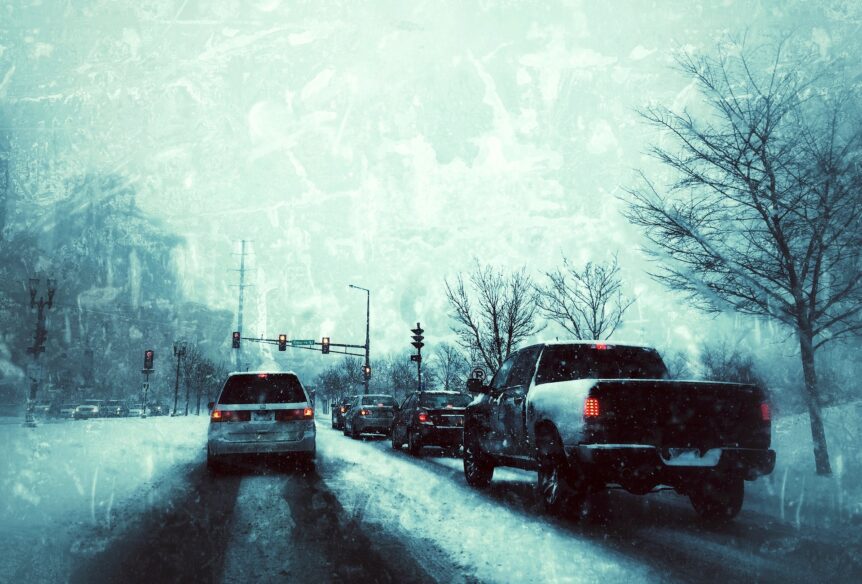What are Snow Emergency Levels?
Snow emergency levels are a classification system used by some cities and municipalities to indicate the severity of a snowstorm and the corresponding actions that residents should take. The specific levels and actions can vary depending on the location, but they generally involve restrictions on parking, travel, and snow removal operations. For example, during Level 1, residents may be asked to avoid non-essential travel and to park on the even side of the street, while during Level 3, all roads may be closed to non-emergency vehicles.

What is a Level 1 Snow Emergency?
Level 1 is the lowest alert for a snowstorm and typically means that road conditions are hazardous with blowing and drifting snow. During a Level 1 snow emergency, residents may be asked to avoid non-essential travel and to park on the even side of the street to allow plows to clear the roads more effectively. Some cities may ask residents to move their cars off designated snow emergency routes or park in designated parking lots to facilitate snow removal. The specific actions required during a Level 1 snow emergency can vary depending on the location.

What is a Level 2 Snow Emergency?
Level 2 is generally considered a moderate alert for a snowstorm, indicating that road conditions are becoming more dangerous.
Residents may be asked to avoid all non-essential travel and to park on the odd side of the street. Some cities may ask residents to move their cars off designated snow emergency routes or park in designated parking lots to facilitate snow removal.
The city or municipality may also restrict parking on certain streets and issue fines or tow vehicles parked on the winter snow emergency routes or not parked according to the emergency parking regulations.
It is important to note that the actions required during a Level 2 snow emergency can vary depending on the location and what the city or municipality has established as its snow emergency plan.

What is a Level 3 Snow Emergency?
Level 3 is the alert for a snowstorm that road conditions are hazardous, and travel should be limited to emergency vehicles only.
During a Level 3 snow emergency, residents are generally advised to stay off the roads, and all non-emergency vehicles may be banned.
All parking on city streets is generally prohibited, and cars parked on the street may be towed. Public transportation may also be shut down, and schools and businesses may be closed.
It’s important to note that the actions required during a Level 3 snow emergency can vary depending on the location and what the city or municipality has established as their snow emergency plan. But, in general, it is a severe emergency, and residents should take all necessary precautions and follow the instructions of local authorities.

Why were Snow Emergency Levels Created?
The specific criteria and levels used in the snow emergencies classification system can vary depending on the location. Still, they are generally developed by city or municipal governments to communicate the severity of a snowstorm to residents and outline the actions that residents should take to stay safe and help facilitate snow removal operations.
The criteria for determining the levels are usually based on factors such as the amount of snow expected, the storm’s duration, wind speeds, and the potential impact on road conditions and travel. The criteria may also consider other factors, such as the ability of snow removal equipment to keep up with the snowfall and the potential impact on public safety and emergency services.
The levels are usually created so that as the level increases, the severity of the storm increases, and the actions required of residents and the restrictions on travel and parking also increase. This allows residents to quickly understand the storm’s severity and take the appropriate actions to stay safe and help with snow removal efforts.
Snow emergency levels are developed keeping in mind the resources available to the city and the municipality, such as the number of plows, equipment, and personnel available to handle the snow removal.
Communicating to the Public
The snow emergency levels are usually communicated to the public through various channels.
Local News Outlets
Snow emergency levels are typically announced on local television and radio news programs, as well as on the websites of local news organizations.
Social Media
Many cities and municipalities use social media platforms like Twitter, Facebook, and Instagram to share updates on snow emergency levels and to provide information on parking restrictions, road closures, and other essential details.
Emergency Alert Systems
Some cities and municipalities use emergency alert systems, such as text messages or email notifications, to notify residents of snow emergency levels and other important information.
City/Municipality Website
The city or municipality’s website is a reliable source of information for snow emergency levels and related information.
Public Announcements
Sometimes, the city or municipality may make public announcements through loudspeakers or other means to notify residents of snow emergency levels and other important information.
It’s important to note that the specific channels used to communicate snow emergencies can vary depending on the location, and it’s recommended to check the sources of information used by the city or municipality you are in.
FAQ
It is a classification system used by some cities and municipalities to indicate the severity of a snowstorm and the corresponding actions that residents should take.
The specific number of levels can vary depending on the location, but most commonly, there are Level 1, Level 2, and Level 3.
The specific number of levels can vary depending on the location, but in most cases, there is only Level 1, Level 2, and Level 3. Some places may have sub-levels, such as Level 3A and Level 3B, but this is not as common.
